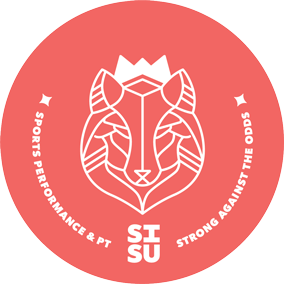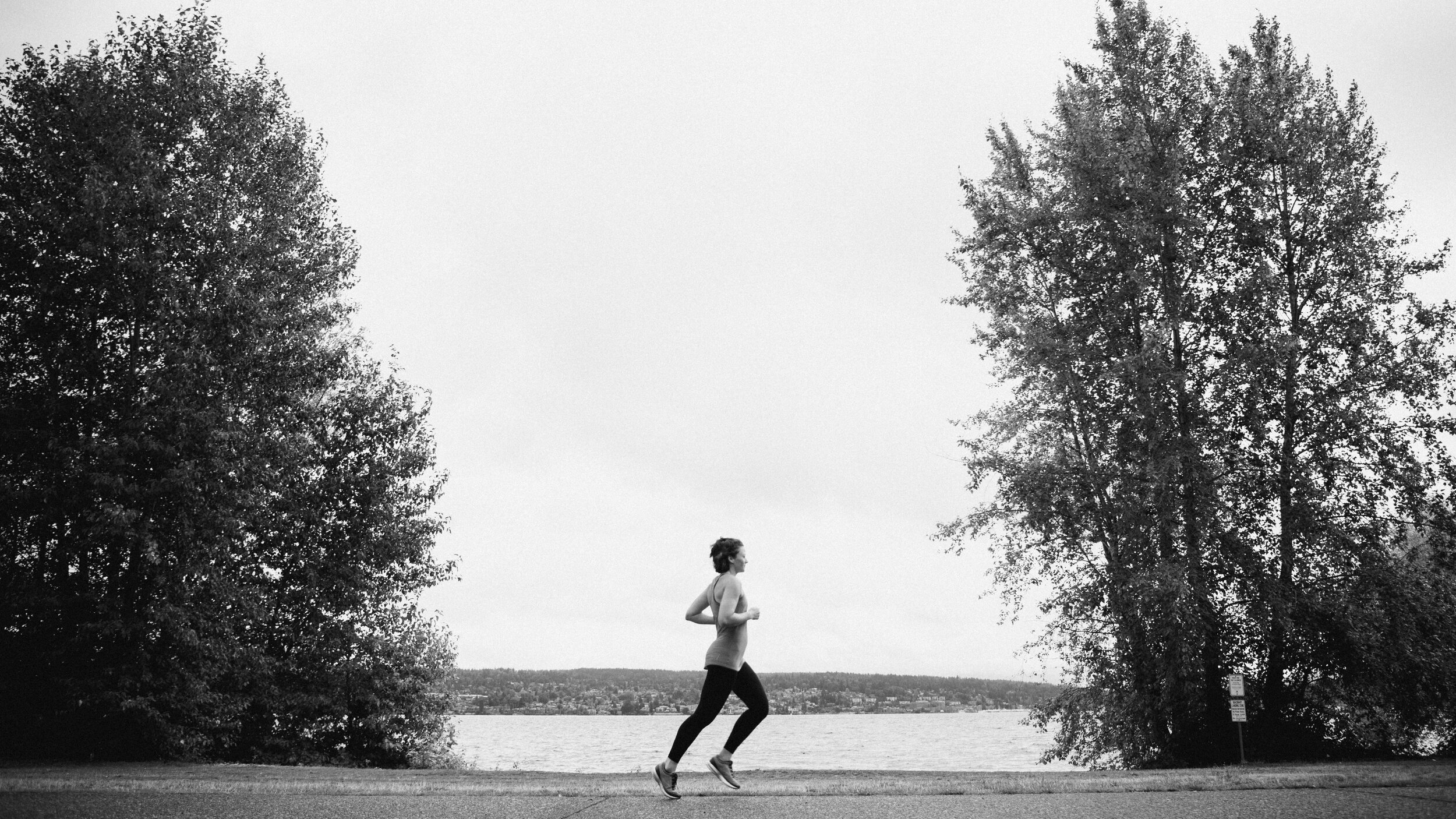SHIN SPLINTS
What are they and what you can do to manage them
With social distancing measures in place, an increased number of people seem to be running. This increase in engagement has correlated with an uptick in a specific question sent my way: “What should I do about my shin splints?” I hate (and love) to say this, but it depends. Today, I want to discuss what shin splints are exactly, and review actionable steps you can take to start feeling better.
What are shin splints?
In the medical world, shin splints are most commonly known as medial tibial stress syndrome or MTSS, for short. In 1966, shin splints were defined as: “pain and discomfort in the leg from repetitive running on hard surfaces or forcible, excessive use of the foot flexors; diagnosis should be limited to musculotendinous inflammations, excluding fracture or ischaemic disorders” [1].
I shouldn’t need to say it, but I will, it’s 2020 right now. It is time to reconsider that definition.
In some studies, researchers suggest that shin splints could be a “misleading” term which is part of the reason they transitioned to medial tibial stress syndrome [1]. Maybe because it’s more specific and less vague.
Sisu Sidebar: Quite frankly, I tend think the word “syndrome” is a tad strong for this injury/report of pain From a layperson’s perspective, it seems to imply there is nothing you can do about it, which is ridiculous. Unfortunately, I am forced to live with the antiquated terminology of the medical field but I hope this article helps you feel less like a syndrome and more like a wildly fierce runner.
For those of you unfamiliar with anatomy, the tibia is the shin bone. The medial side of the tibia is the inside of the shin bone. So “medial tibial stress” typically means someone has pain on the inside, lower half of the shin bone or within that vicinity.
*It is important to note that shin splints should not be confused with medial tibial bone stress injury (BSI). For more information on BSI, read here.
Why do shin splints occur?
Shin splints are a very common running-related report of pain. Unfortunately, the exact known cause and pathophysiology (tissue issue) of shin splints is still largely unclear in the scientific literature [1,2] . One thing that is clearly established however, is that they are a result of acute or chronic tissue overload.
Overload means asking the tissues in your body to do more than they are able to handle. This could be doing an activity for which you are not fully prepared to perform (acute) OR you have done so much of that activity that your body is suddenly saying “no thank you” (chronic) in the form of discomfort in your lower leg.
One of the best quotes I’ve read in a research editorial is this: “No one ever got MTSS from watching too much Netflix, despite some of them having an over-pronating foot, a factor consistently associated with the onset of MTSS.” – Marinus Winters [2].
What he is saying is that training loads matter in the management and treatment of shin splints (more than anatomy) and there are 2 types of training loads: external loads and internal loads[3].
External training loads include the calculation of the physical work, things like time, distance, intensity, and frequency of an activity. Internal training loads include the physiological and perceptual response to training (how hard something FELT to that athlete).
Sisu Sidebar: Ok, I feel as though I’ve gone a bit off the rails here, but the basic summary is that loads are diverse and not purely based on just how many miles you’ve run.
With some of that in mind, we know a few things to be relatively “true” as it pertains to training loads: sudden increases in training loads or sustained high-intensity training loads (overreaching) can make athletes more susceptible to pain and/or injury [3,4].
As is often the case with shin splints training loads likely need to change and this is where I come in to help reduce pain and lead you towards the path of wolf-like greatness.
So you might be wondering, HOW do I treat my shin splints and what can I do to prevent them? Read onward young wolf pup…
First and foremost, understand that diagnosing a person with shin splints is done best through a thorough history and examination. All of which can be done virtually or in-person at Sisu Performance and Physical Therapy. Schedule ya-self a session here or consult with your local physical therapist.
How do you treat shin splints?
I find that most athletes with shin splints fall into two main categories.
-
The running-too-much athlete
-
The running-too-little athlete
Sisu Sidebar: Yes, this is a bit reductionist, but for the purposes of writing a blog, let’s keep it simple. I just want to be a resource for folks.
The running-too-much athlete:
This is any athlete who has endured high training loads for prolonged periods of time with worsening or declining performance or symptomatology.
What should you do?
-
Reduce training intensity
I would initially encourage this athlete to reduce the intensity of their running. If we were to use a simple 1-10 scale, I would encourage most of the running be done between 1-4 and be largely conversational. We know that the harder you run, the harder you have to hit the ground. This also can be a source of increased training loads or prolonged/chronic training loads that could be causing the symptoms.
-
Walk more
Believe it or not, continuing to exercise may not be a terrible idea, as it continues to keep your health at the forefront AND happens to stimulate the tissues in a similar fashion to running AND can reduce overall training loads.
The running-too-little athlete:
This is any athlete who is running sporadically, 1-2 times/week and struggling to find consistency in their training habits.
What should you do?
-
Walk more
Any runner who has just started running has likely experienced a sudden increase in training loads to their body. As a newer runner, the most important variable to reducing injury and pain, in my professional opinion, is consistency. Consistency, when distributed well, is a game changer.
Incorporating some walking between your running days is invaluable to adding to your training and tissue tolerance.
To all athletes:
Maintaining strength through your legs will improve your ability to perform more comfortably. The information included below can be helpful to any athlete looking to refine their craft and reduce incidence of shin splints.
What else should you do?
-
Try some lower leg strengthening exercises
A few times per week of progressive, or even heavy, resistance training, can foster positive tissue adaptations and provide a more robust training stimulus to the irritated tissues.
My recommendations:
-
Band resisted ankle 3-way: 3 sets of 15-20 repetitions each
- Heel raises: 3 sets of 8-15 repetitions 3x/week
- Loaded farmer’s carries: 3 sets of 10 yards
- Seated heel raises: 3 sets of 8-15 repetitions
- Step-ups: 3 sets of 8-12 repetitions each leg
- Band Resisted March – 3 sets of 8-15 repetitions each side
Finally, if you’re looking for a run-specific training plan to help you with some of these things, check out the Sisu-Volante Collaboration on my athlete programs page here.
Feel free to like this blog below, give a comment, or share it with your friends.
Cheers,
Dr. Ellie Somers – Head She-Wolf
Physical Therapist | Run Coach
References:
1. Lohrer H, Malliaropoulos N, Korakakis V, Padhiar N. Exercise-induced leg pain in athletes: diagnostic, assessment, and management strategies. Phys Sportsmed. 2019;47: 47–59.
2. Winters M. Critically appraising the evidence to help our patients with overload syndromes: should we prioritise knowledge from observational studies and focus on “the essentials”? Br J Sports Med. 2018;52: 1414–1415.
3. Gabbett TJ. The training-injury prevention paradox: should athletes be training smarter and harder? Br J Sports Med. 2016;50: 273–280.
4. Gabbett T. Infographic: The training-injury prevention paradox: should athletes be training smarter and harder? Br J Sports Med. 2018;52: 203.






